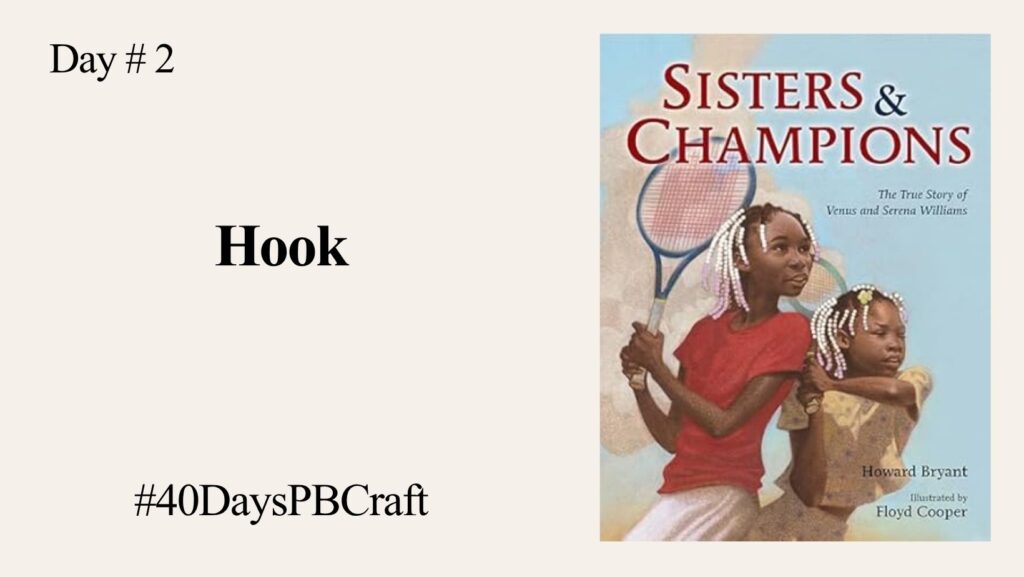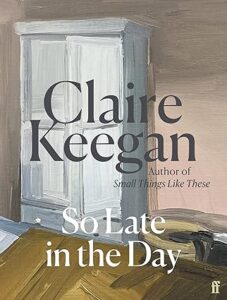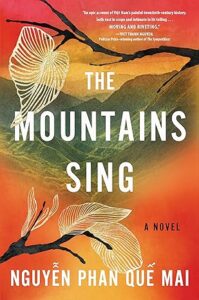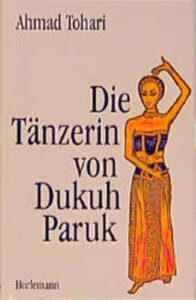Welcome to Day 2 of 40 craft lessons from 40 picture books.
Do you know what is more complicated than writing a book? Writing the first line!
The first line is the gateway to the story’s world. It shouldn’t be banal or overly strange, nor should it be too slow, too rushed, or forced. Most importantly, it should hook the reader’s attention. How?
So far, I’ve read over 700 picture books. Some hooked me right from the first page; many didn’t. The ones that failed to catch my attention often had similar first lines. Some merely introduced the setting—the weather, the surroundings. Others described a character’s interest or trait that could be boiled down to a single line: the character liked something. Some even began with the overused, threadbare pattern: ‘Hi, my name is….’
When I think back, the book that gripped my attention more than any other was Sisters and Champions. The first page of this book reads:
What came to your mind when you read this? Why did no one laugh in his face? What was laughable? What stopped people from laughing? fright or respect? Or neglect?
Were your thoughts questions or just information?
Most first lines don’t function as a hook because they act like the information desk of a shopping center. They pass on information, but they don’t ignite the reader’s curiosity.
Our brain’s reaction to plain information is a shrug: “So what?”
Our brain’s reaction to a question is: “What? Say that again? Why?” Now, here we go. You’ve got the reader’s brain ready to enter the magical world of storytelling.
I hope reading this blog post has given you new ideas. See you tomorrow for Day 3. If you would like to read these 40 craft lessons on WhatsApp, please join the channel.




